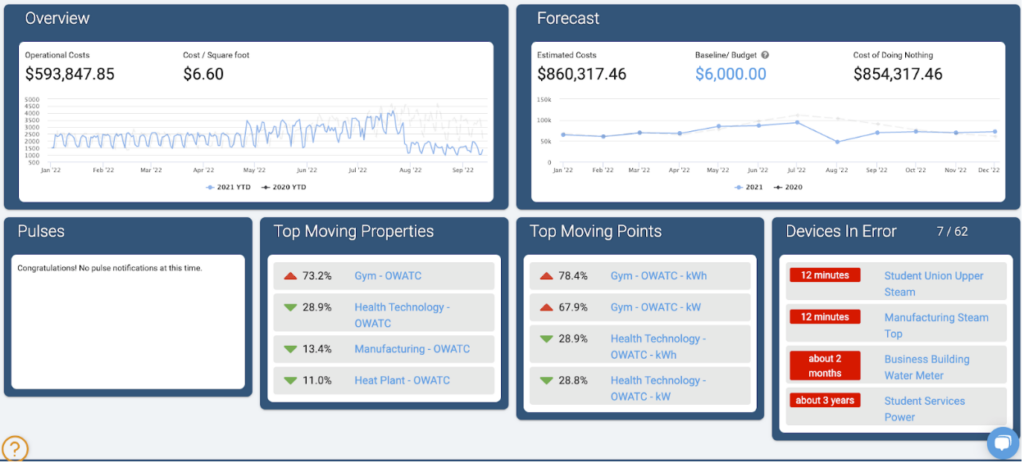
Efficient energy usage is paramount in our modern world. As such, energy management software (EMS) is gaining increasing importance. This guide will provide an overview of the benefits of software in energy management, and how to choose the right system.
Introduction to Energy Management
Energy management is the process of monitoring, controlling, and conserving energy use. The efficient use of energy sources is crucial to sustainability and reducing costs. To achieve this, software has emerged to play a role in managing energy systems.
Understanding Energy Management Software
Energy Management Software (EMS) is an application that help businesses manage their utilities. EMS are categorized into different types based on their specific functionalities. This means energy accounting, monitoring, and control.
The Role of Energy Management Software in Reducing Energy Consumption
Monitoring Energy Usage
EMS provides real-time energy consumption data. This allows users to identify inefficiencies and take corrective action.
Controlling Energy Consumption
EMS allows users to remotely manage energy consumption and set controls to ensure energy efficiency.
Impact on Energy Savings
EMS can reduce energy consumption by up to 20%, resulting in large cost savings.
Automating Energy Optimization with Software
Automated energy management enables businesses to cut energy consumption. This is done by using real-time data to make informed decisions. The benefits of automation include increased efficiency and reduced energy costs. Examples of this include smart HVAC systems, scheduling systems, and occupancy sensors.
Software’s Role in Renewable Energy Management
The software also plays a vital role in managing renewable energy resources. EMS can handle the integration of renewable energy sources into the grid, like wind and solar. EMS can also help with the optimization of renewable energy storage and usage.
Case Studies of Successful EMS Implementation
One example of successful EMS implementation is Walmart’s energy management system. Walmart utilized EMS to optimize the settings on their HVAC and lighting systems. This implementation led to a 15% reduction in consumption, resulting in a $200 million annual saving across its stores.
– Carl Smith, Manager at Walmart
Choosing the Right Energy Management Software for Your Needs
Choosing the right EMS can be a challenging process. Factors to consider include objectives, budget, and scalability. The most important is to find software that aligns with your goals. This will help promote efficiency and cost savings.
Tips on Comparing Different EMS Options
| Feature | Description |
| Compatibility | Ensure the software works with your existing systems |
| Scalability | Invest in software that scales with your business |
| Accessibility | Choose software that is accessible to everyone involved |
| Vendor Support | Ensure the vendor provides customer support |
Future Trends in EMS
Artificial intelligence and machine learning are advancing EMS. In the future, EMS could help energy efficiency by predicting energy demand and adjusting settings. IoT and Blockchain are also playing a role in EMS development.
Conclusion: The Digital Revolution in Energy Management
Software is revolutionizing energy management practices. Integration with energy management software processes has shown many benefits. These include enhanced efficiency, reduced costs, and sustainability goals. The future of energy management lies in the effective adoption of these technologies.




